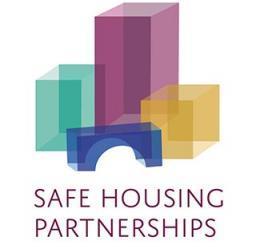Adapting Housing First for DV Survivors

“The Housing First Model can be adapted to achieve safe and stable housing for DV survivors and their children.” – Cris Sullivan, PhD.
Dr. Sullivan, NRCDV’s research advisor for Safe Housing Partnerships, shares findings from her 2016 paper with WSCADV’s Linda Olsen, “Common ground, complementary approaches: Adapting the Housing First model for domestic violence survivors.” The Housing First model suggests that individuals who are homeless should first be offered secure housing so that they can then turn their attention to other pressing concerns. Adapted for domestic violence survivors, the Domestic Violence Housing First (DVHF) model has three central components: (i) Survivor-driven, trauma-informed mobile advocacy; (ii) Flexible financial assistance; and (iii) Community engagement. Housing First is compatible with principles of domestic violence advocacy, and evidence shows it to be effective for survivors.
To learn more, find the Washington State Coalition Against Domestic Violence (WSCADV) DV Housing First Toolkit at https://wscadv.org/projects/domestic-violence-housing-first/toolkit/. You can find the paper at https://pubmed.ncbi.nlm.nih.gov/30637331/. Sullivan, C.M. & Olsen, L. (2016). Common ground, complementary approaches: Adapting the Housing First model for domestic violence survivors. Housing and Society, 43(3), 182-194.